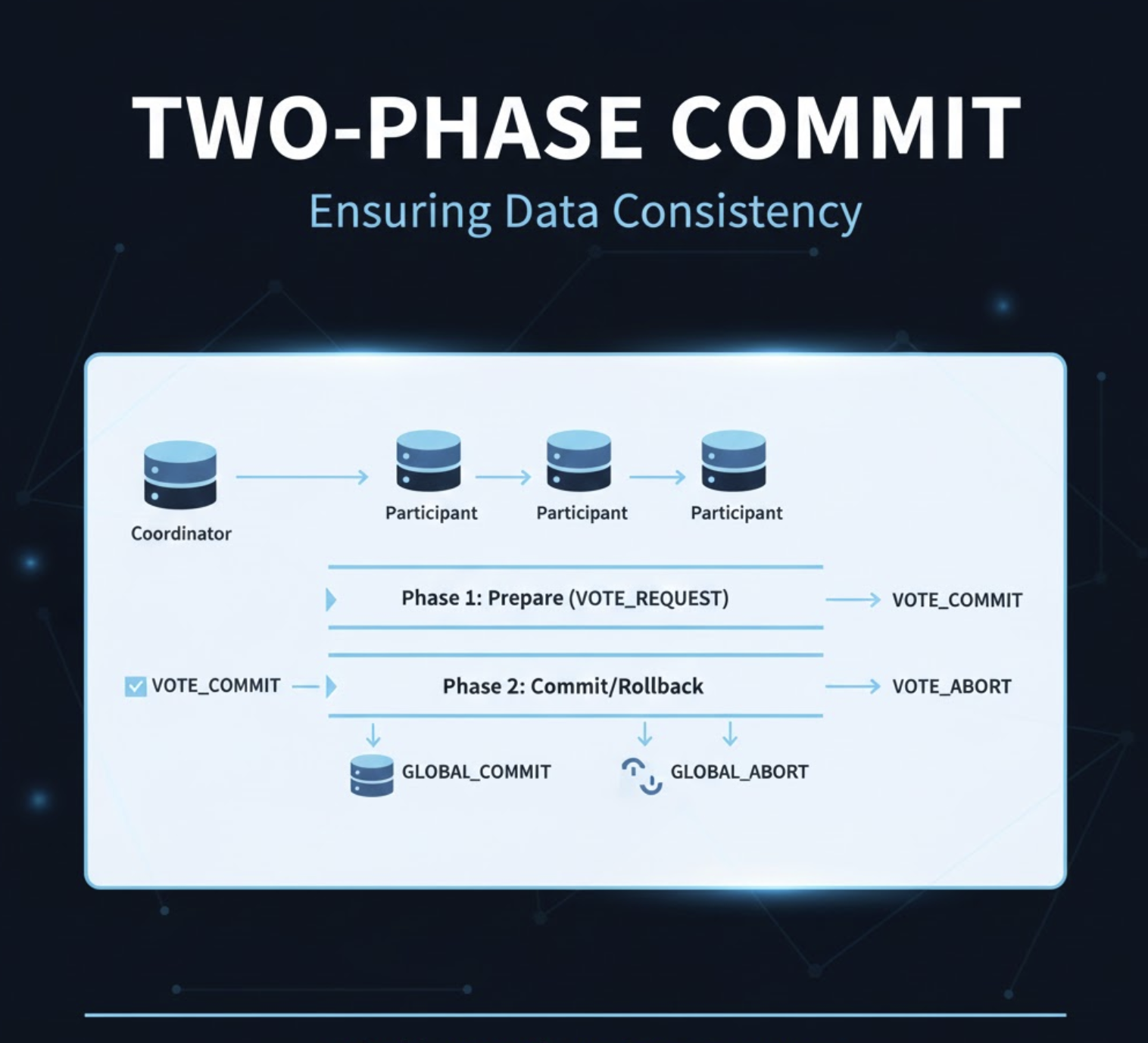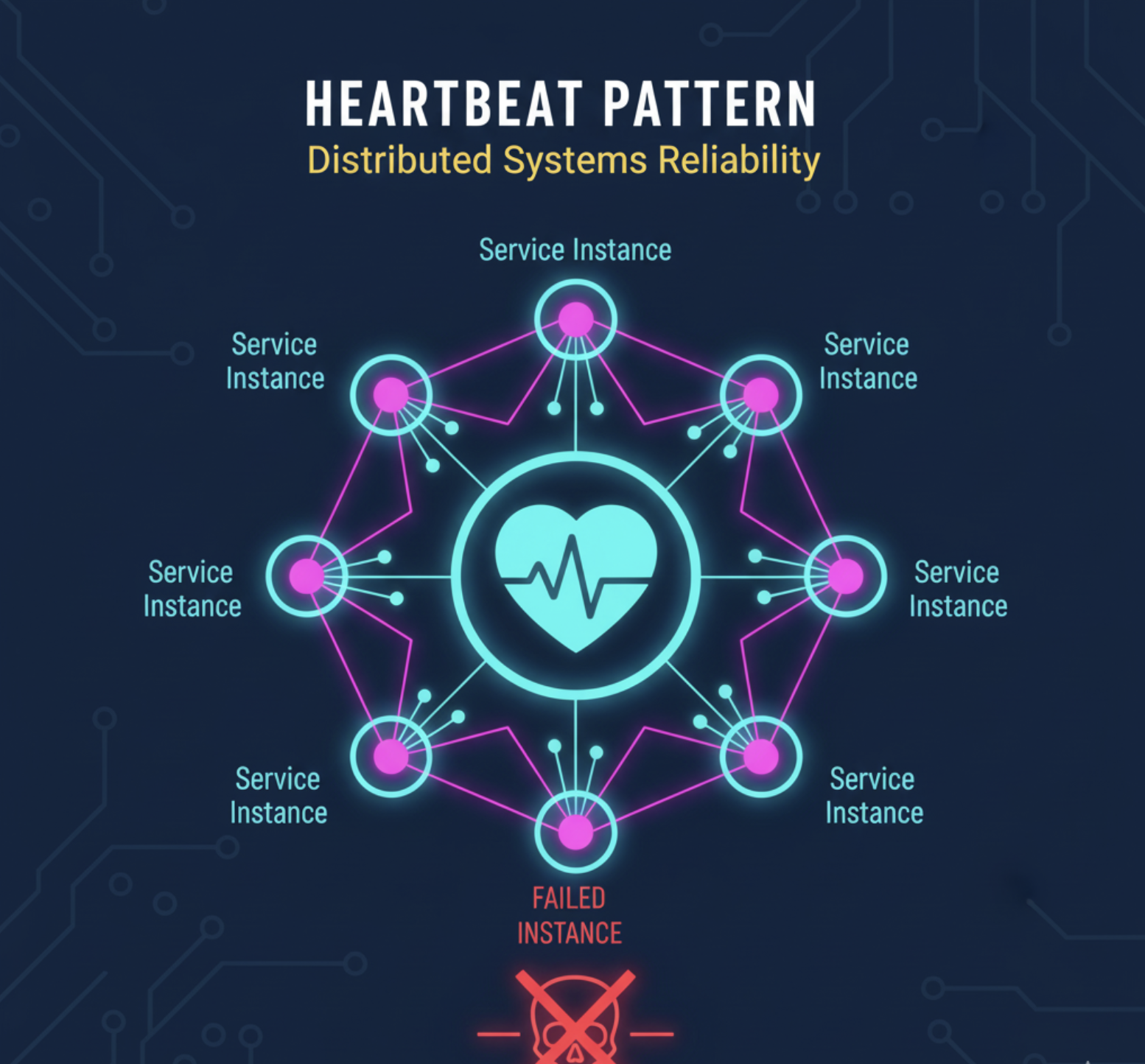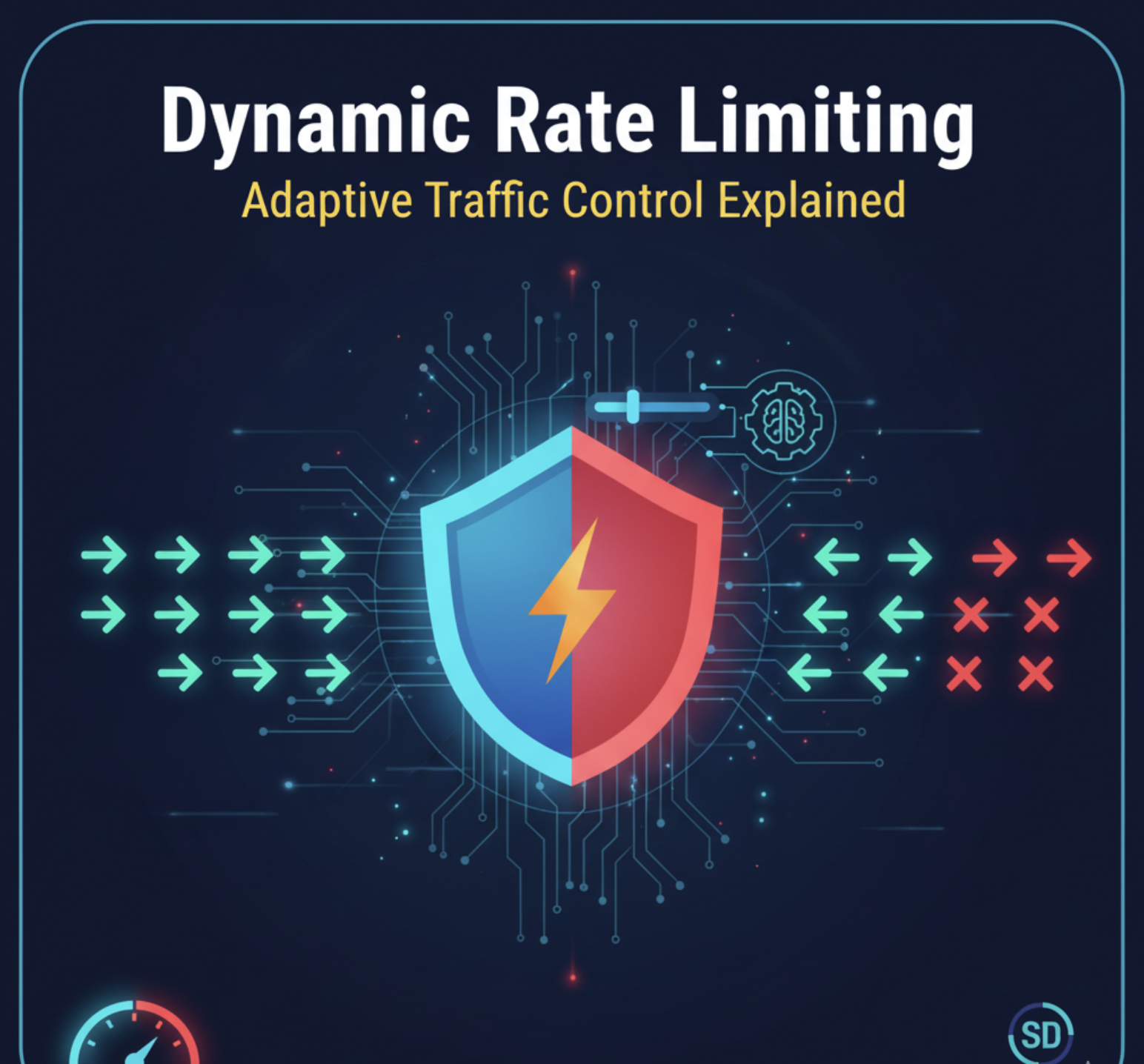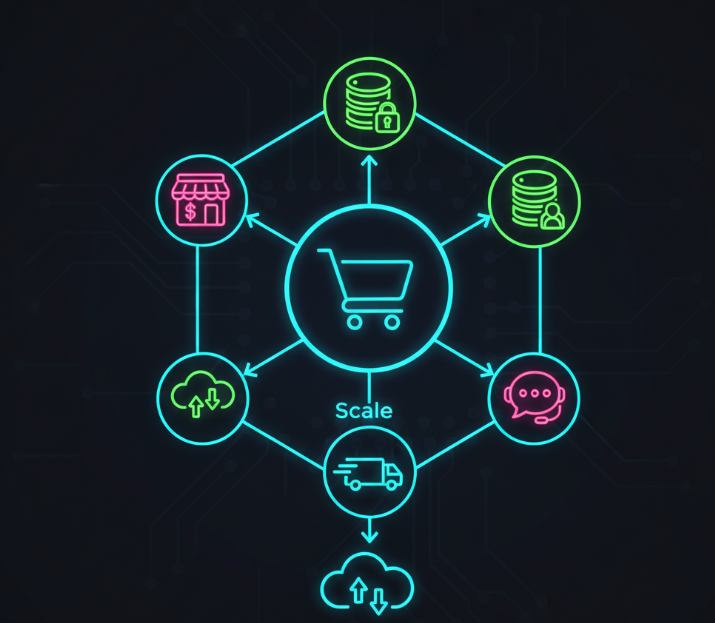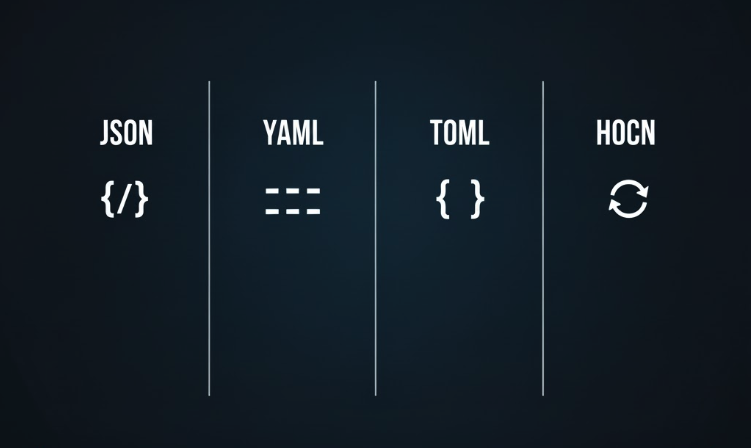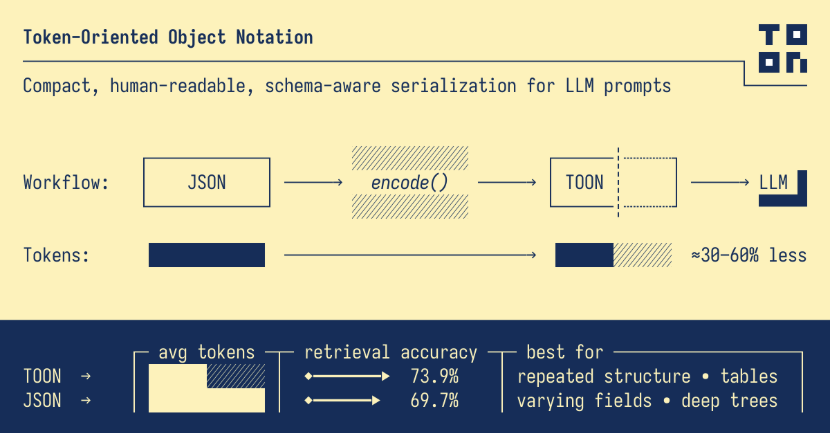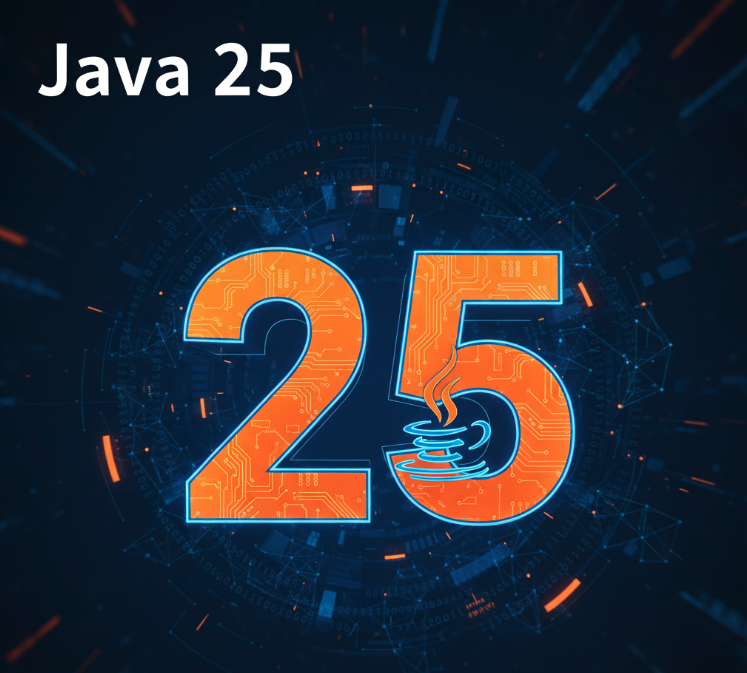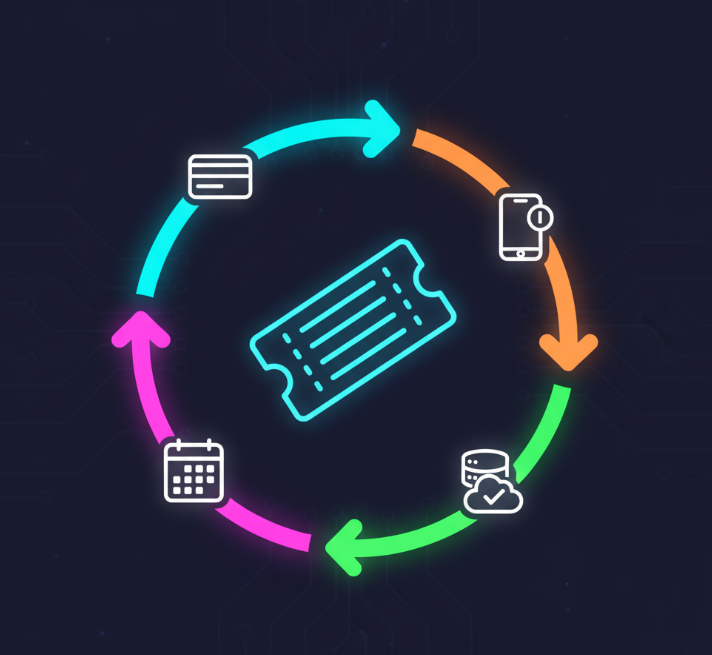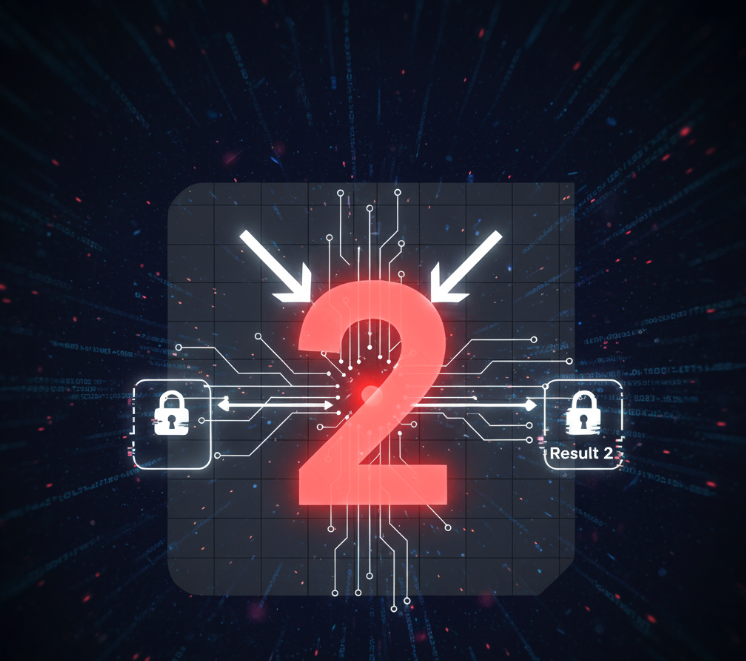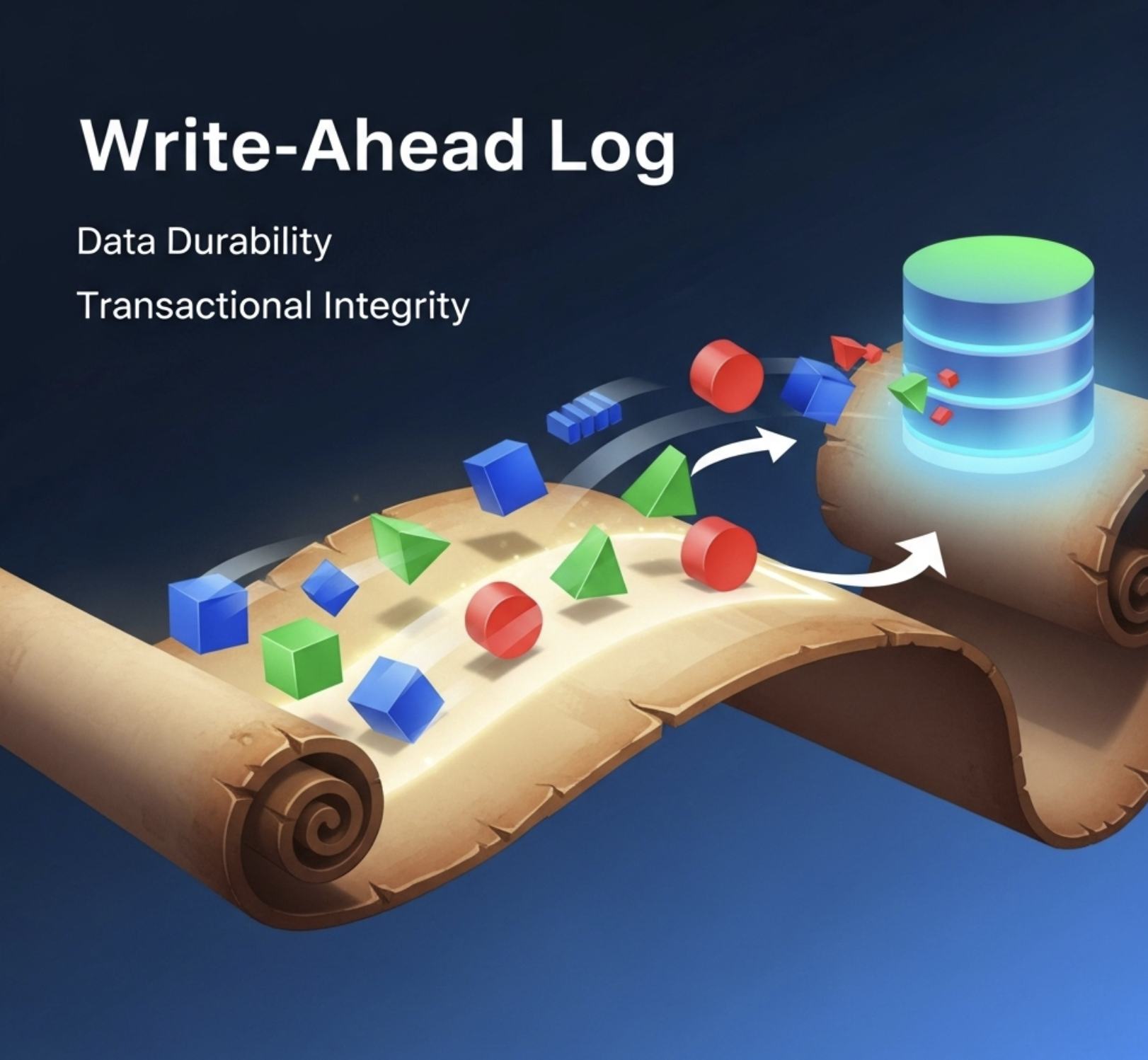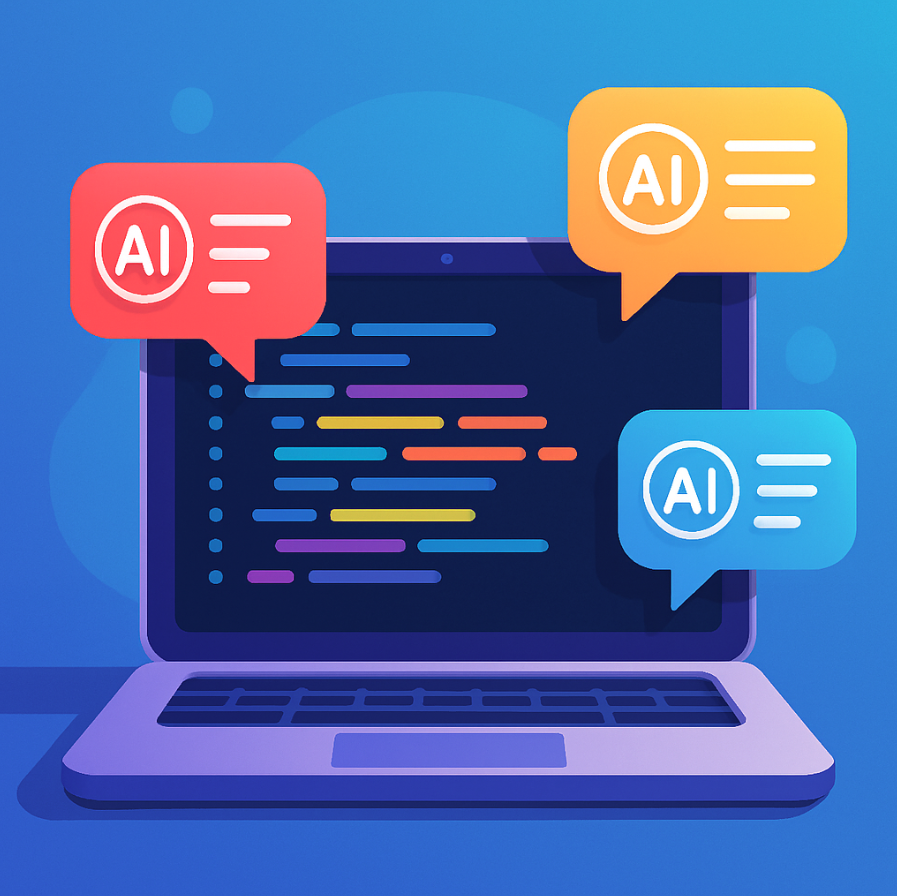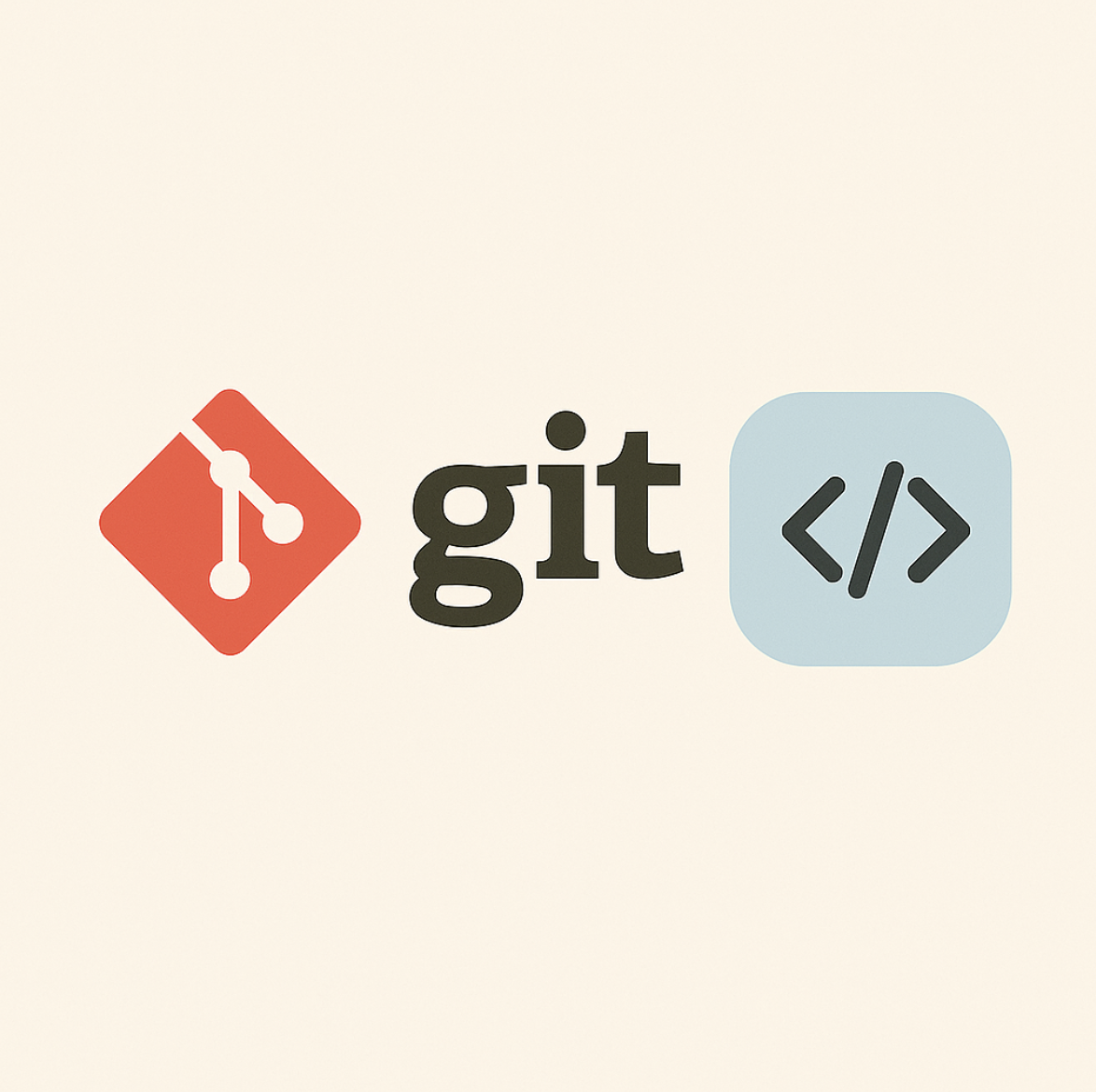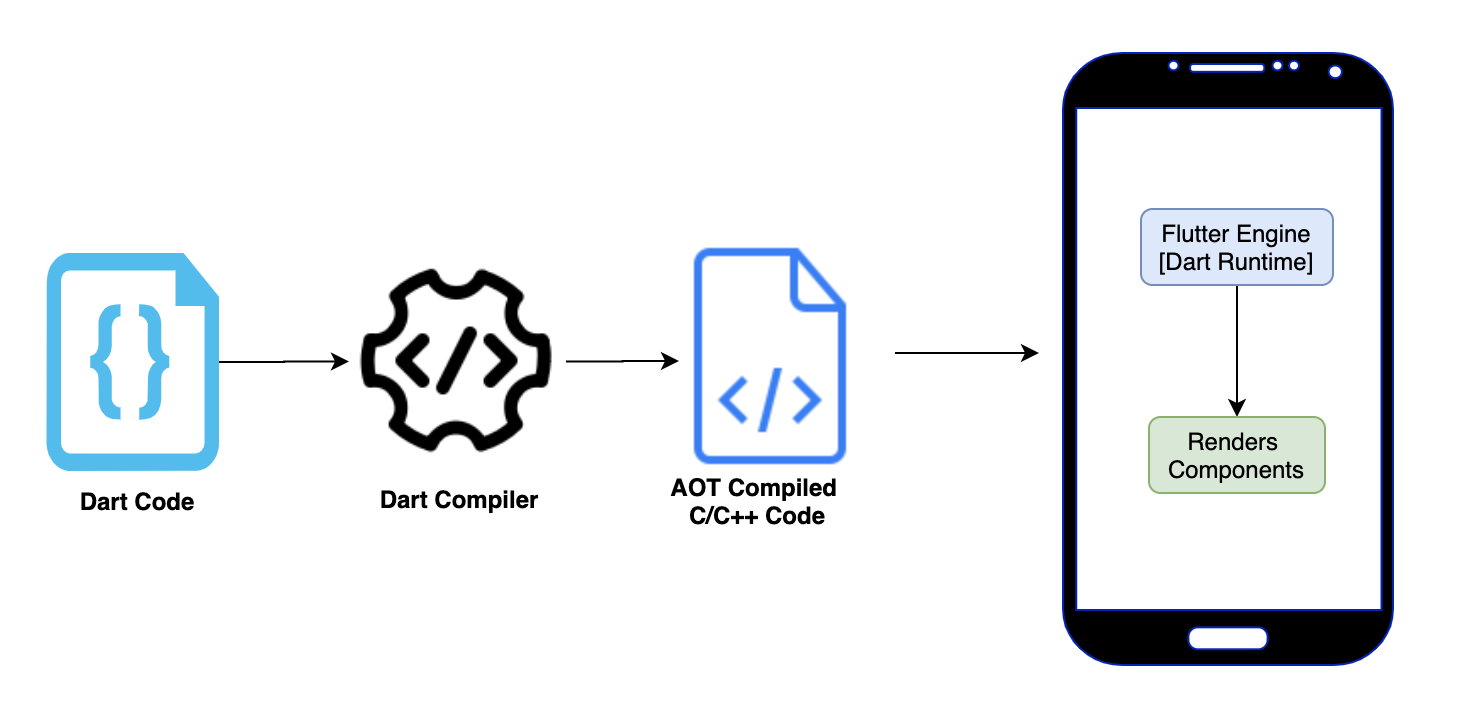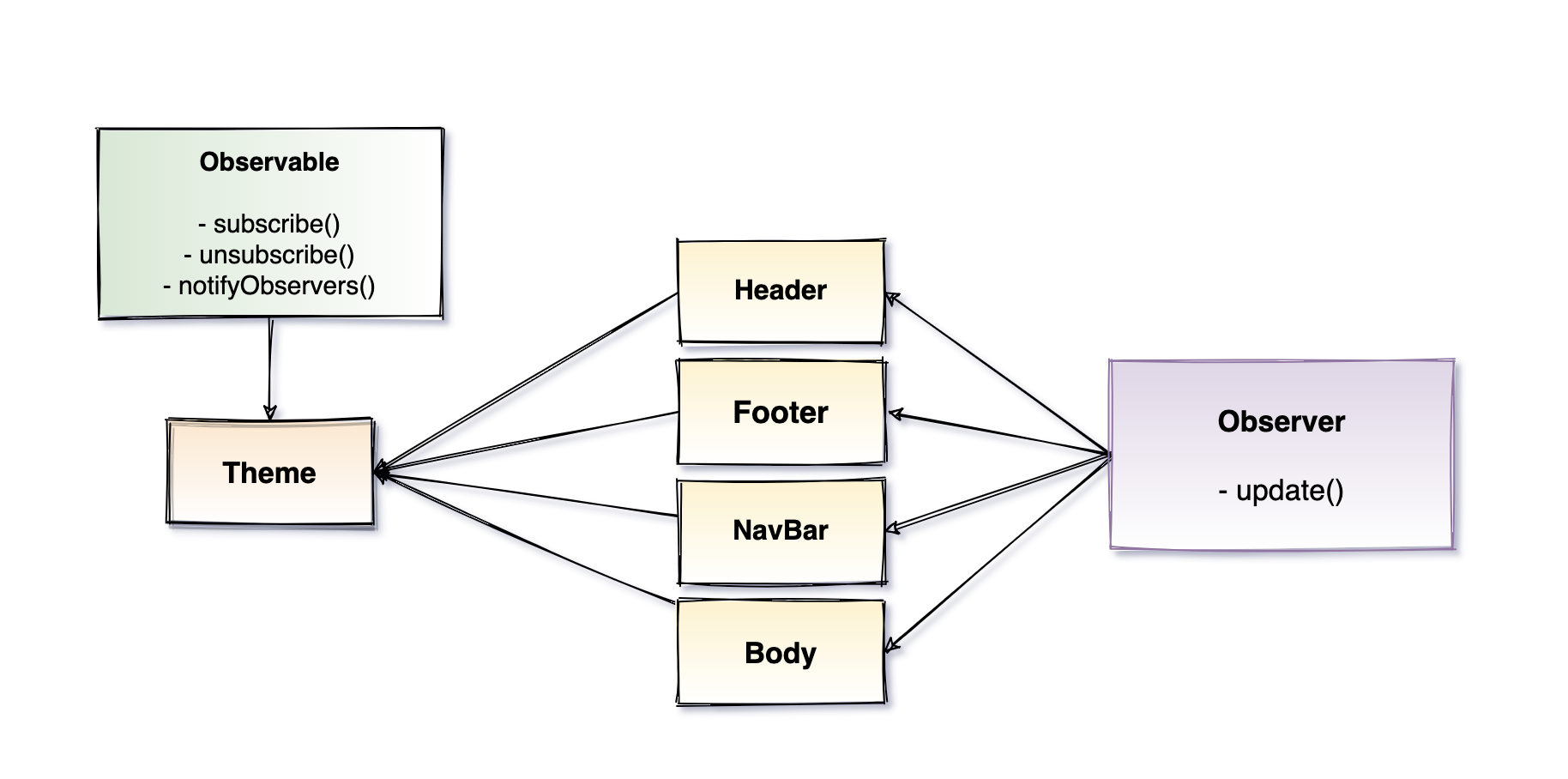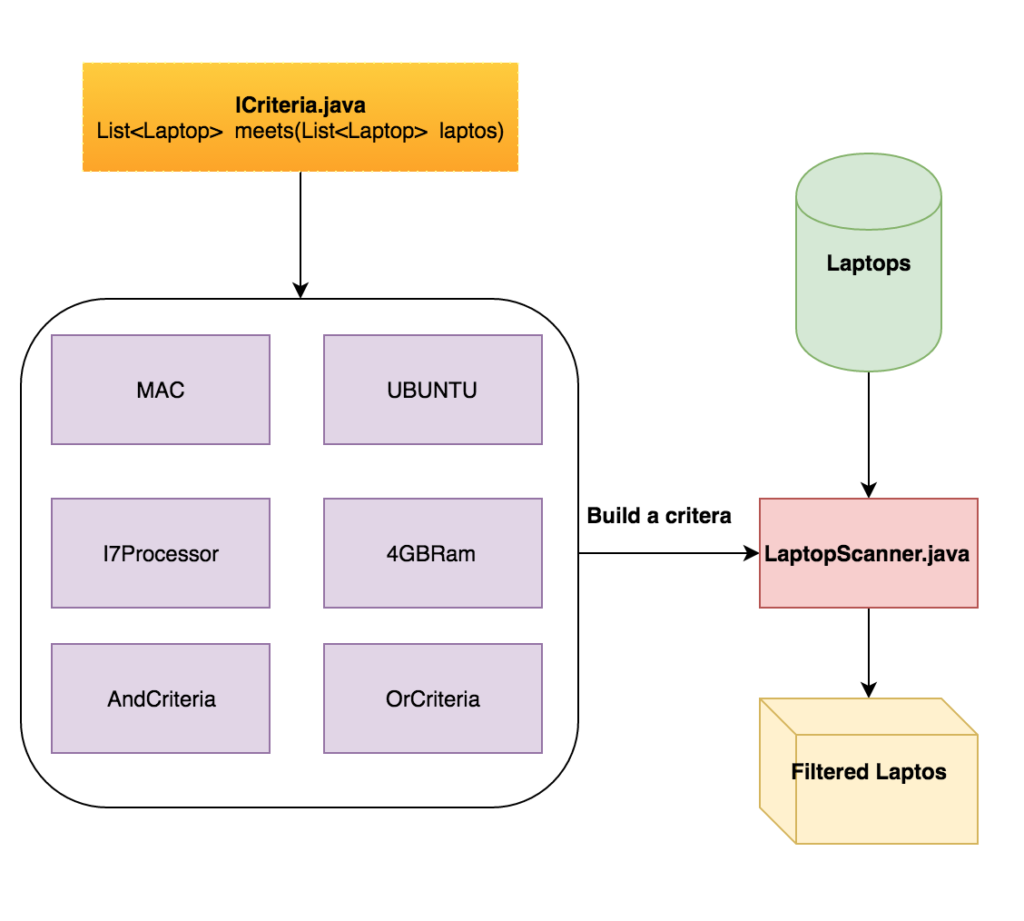September 2025. After three years of waiting, Java finally released its next Long-Term Support (LTS) version. The last one was Java 21 in September 2023. If you’ve been holding off on upgrading, this is the release you’ve been waiting for.
From simplified syntax that makes “Hello World” actually simple to performance improvements that can reduce your infrastructure costs, Java 25 packs features that matter. Let’s dive into the changes that will actually impact your daily work.
Change 1: Simplified Main Methods (JEP 512)
What Changed:
Remember writing this for every Hello World?
1
2
3
4
5
public class HelloWorld {
public static void main(String[] args) {
System.out.println("Hello World");
}
}
Now you write this:
1
2
3
void main() {
println("Hello World");
}
That’s it. No class. No public static. No String[] args. Just your code.
Code Example:
1
2
3
4
5
6
7
8
9
10
11
// Old way - 5 lines of boilerplate
public class Calculator {
public static void main(String[] args) {
System.out.println(2 + 2);
}
}
// New way - Pure logic
void main() {
println(2 + 2);
}
You can still use String[] args if you need command-line arguments:
1
2
3
void main(String[] args) {
println("Hello, " + args[0]);
}
What It Means:
Java is finally competing with Python and Go for “getting started” simplicity. Your main() method is now just a function, not a ceremony.
Change 2: Flexible Constructor Bodies (JEP 513)
What Changed:
For 30 years, you couldn’t do anything before calling super() or this() in a constructor. This caused endless workarounds.
1
2
3
4
5
6
7
// Before: Impossible to validate before super()
class User extends Person {
User(String name) {
if (name == null) throw new IllegalArgumentException(); // COMPILE ERROR!
super(name); // Must be first
}
}
Now you can:
1
2
3
4
5
6
7
8
9
10
11
12
// After: Validation before super()
class User extends Person {
User(String name) {
if (name == null) {
throw new IllegalArgumentException("Name cannot be null");
}
if (name.isBlank()) {
throw new IllegalArgumentException("Name cannot be blank");
}
super(name.trim());
}
}
What It Means:
You can finally write constructors that make sense. No more awkward factory methods or static helpers just to validate inputs.
Change 3: Scoped Values - Better Than ThreadLocal
What Changed:
ThreadLocal has been the standard for 25 years, but it’s always been problematic:
- You forget to call
remove()→ memory leaks - Values leak across thread pool tasks
- Mutable by default (anyone can change your “context”)
- Inheritance is manual and error-prone
Scoped Values solve all of this:
1
2
3
4
5
6
7
8
9
10
11
12
13
14
15
16
17
18
19
20
// Old way with ThreadLocal
private static final ThreadLocal<User> currentUser = new ThreadLocal<>();
void processRequest(User user) {
currentUser.set(user);
try {
doWork();
} finally {
currentUser.remove(); // MUST remember this or leak memory
}
}
// New way with Scoped Values
private static final ScopedValue<User> CURRENT_USER = ScopedValue.newInstance();
void processRequest(User user) {
ScopedValue.where(CURRENT_USER, user)
.run(() -> doWork());
// Automatically cleaned up. No leaks. Ever.
}
Performance Benefits:
According to Oracle’s benchmarks, Scoped Values are significantly faster than ThreadLocal:
- ThreadLocal: ~17 ns per access
- Scoped Value: ~1 ns per access
- 17x faster in typical scenarios
What It Means:
Scoped Values are what ThreadLocal should have been from day one. They’re faster, safer, and impossible to leak. This is the biggest quality-of-life improvement in Java 25.
Change 4: Compact Object Headers - 20% Memory Savings
What Changed:
Every object in Java has an “object header” - metadata the JVM uses for garbage collection, synchronization, and identity. This header used to be 128 bits (16 bytes). Now it’s 64 bits (8 bytes).
Before:
1
2
3
Object header: 128 bits
Your data: X bits
Total size: 128 + X bits
After:
1
2
3
Object header: 64 bits
Your data: X bits
Total size: 64 + X bits
Real-World Impact:
Let’s say you have a simple Point class:
1
2
3
4
class Point {
int x; // 4 bytes
int y; // 4 bytes
}
Java 21:
- Header: 16 bytes
- Data: 8 bytes
- Padding: 0 bytes
- Total: 24 bytes per Point
Java 25:
- Header: 8 bytes
- Data: 8 bytes
- Total: 16 bytes per Point
That’s 33% smaller. Now imagine you have 10 million Points in memory:
- Java 21: 240 MB
- Java 25: 160 MB
- Savings: 80 MB (33% less memory)
Change 5: Module Import Declarations - Cleaner Imports
What Changed:
Instead of importing individual classes, you can now import entire modules:
1
2
3
4
5
6
7
8
9
10
11
12
13
14
15
16
17
18
19
20
21
22
23
// Before: Import each class individually
import java.net.URI;
import java.net.http.HttpClient;
import java.net.http.HttpRequest;
import java.net.http.HttpResponse;
import java.net.http.HttpHeaders;
import java.time.Duration;
// After: Import the entire module
import module java.net.http;
public class ApiClient {
void makeRequest() {
HttpClient client = HttpClient.newHttpClient();
HttpRequest request = HttpRequest.newBuilder()
.uri(URI.create("https://api.example.com"))
.timeout(Duration.ofSeconds(10))
.build();
HttpResponse<String> response = client.send(request,
HttpResponse.BodyHandlers.ofString());
}
}
What It Means:
Your import statements just got cleaner. This is especially useful when working with Java’s newer APIs that span multiple related classes.
Change 6: Key Derivation Function API (KDF) - Security Made Easy
What Changed:
Deriving encryption keys from passwords used to require external libraries (Bouncy Castle, Spring Security). Now it’s built into the JDK.
Code Example:
1
2
3
4
5
6
7
8
9
10
11
12
13
14
15
16
17
18
19
import javax.crypto.SecretKeyFactory;
import javax.crypto.spec.PBEKeySpec;
import java.security.SecureRandom;
import java.util.Base64;
public class PasswordSecurity {
public static String hashPassword(String password) throws Exception {
// Generate salt
byte[] salt = new byte[16];
new SecureRandom().nextBytes(salt);
// Hash password using PBKDF2
PBEKeySpec spec = new PBEKeySpec(password.toCharArray(), salt, 65536, 256);
SecretKeyFactory factory = SecretKeyFactory.getInstance("PBKDF2WithHmacSHA256");
byte[] hash = factory.generateSecret(spec).getEncoded();
return Base64.getEncoder().encodeToString(hash);
}
}
What It Means:
You no longer need external security libraries for basic password hashing. The JDK now provides industrial-strength key derivation out of the box.
Performance Improvements You’ll Notice
1. Garbage Collection Improvements
The ZGC (Z Garbage Collector) received major upgrades:
- Pause times consistently under 1ms (even with 100GB heaps)
- 15% better throughput compared to Java 21
- Improved handling of large objects
1
2
3
4
5
6
7
// Same code, better performance
List<String> largeList = new ArrayList<>();
for (int i = 0; i < 10_000_000; i++) {
largeList.add("Item " + i);
}
// Java 21: ~200ms GC pauses
// Java 25: ~0.5ms GC pauses
2. Startup Time Reduction
Java 25 applications start 30% faster on average thanks to:
- Improved class loading
- Better JIT compilation
- Optimized standard library initialization
3. Lambda and Stream Performance
Lambdas and method references are now 10-20% faster:
1
2
3
4
5
6
// This is now noticeably faster
List<Integer> numbers = IntStream.range(0, 1_000_000)
.boxed()
.filter(n -> n % 2 == 0)
.map(n -> n * 2)
.collect(Collectors.toList());
Breaking Changes (What Might Break)
1. Finalization Removed
finalize() methods have been removed. If you’re still using them, switch to:
1
2
3
4
5
6
7
8
9
10
11
12
13
14
15
16
17
18
19
20
21
22
23
24
25
// Don't use finalize()
class Resource {
@Override
protected void finalize() { // REMOVED in Java 25
cleanup();
}
}
// Use try-with-resources or Cleaner API
class Resource implements AutoCloseable {
private static final Cleaner cleaner = Cleaner.create();
private final Cleaner.Cleanable cleanable;
Resource() {
this.cleanable = cleaner.register(this, () -> {
// Cleanup code here
});
}
@Override
public void close() {
cleanable.clean();
}
}
2. Some Deprecated APIs Removed
Check your code for these removed APIs:
Thread.stop()and related thread suspension methods- Legacy security APIs replaced by the new KDF API
- CORBA-related classes (finally removed after years of deprecation)
What Developers Are Saying
From the Java subreddit:
“Finally upgraded to Java 25. The simplified main() method is a game-changer for teaching. My students are actually writing code instead of memorizing boilerplate.” - u/JavaProf2025
“Scoped Values are what I’ve been waiting for. No more ThreadLocal memory leaks in production.” - u/BackendDev
“Our AWS bill dropped 18% after migrating to Java 25. Same load, less memory. Management is happy.” - u/DevOpsEngineer
Resources and Further Reading
Official Documentation
- Java 25 Release Notes - Official JDK 25 documentation
- JEP 512: Simplified Main Methods
- JEP 513: Flexible Constructor Bodies
- JEP 464: Scoped Values
- JEP 450: Compact Object Headers
Performance Benchmarks
The Bottom Line
Java 25 is the most developer-friendly Java release since Java 8. The simplified syntax makes teaching easier. Scoped Values solve a 25-year-old problem. The performance improvements are substantial. The memory savings translate directly to lower cloud costs.
Whether you’re building microservices, teaching Java to beginners, or maintaining legacy applications, Java 25 has features that will make your work easier. The migration path is straightforward, especially if you’re already on Java 21.
What’s your experience with Java 25? Have you migrated yet? Share your thoughts in the comments below.
